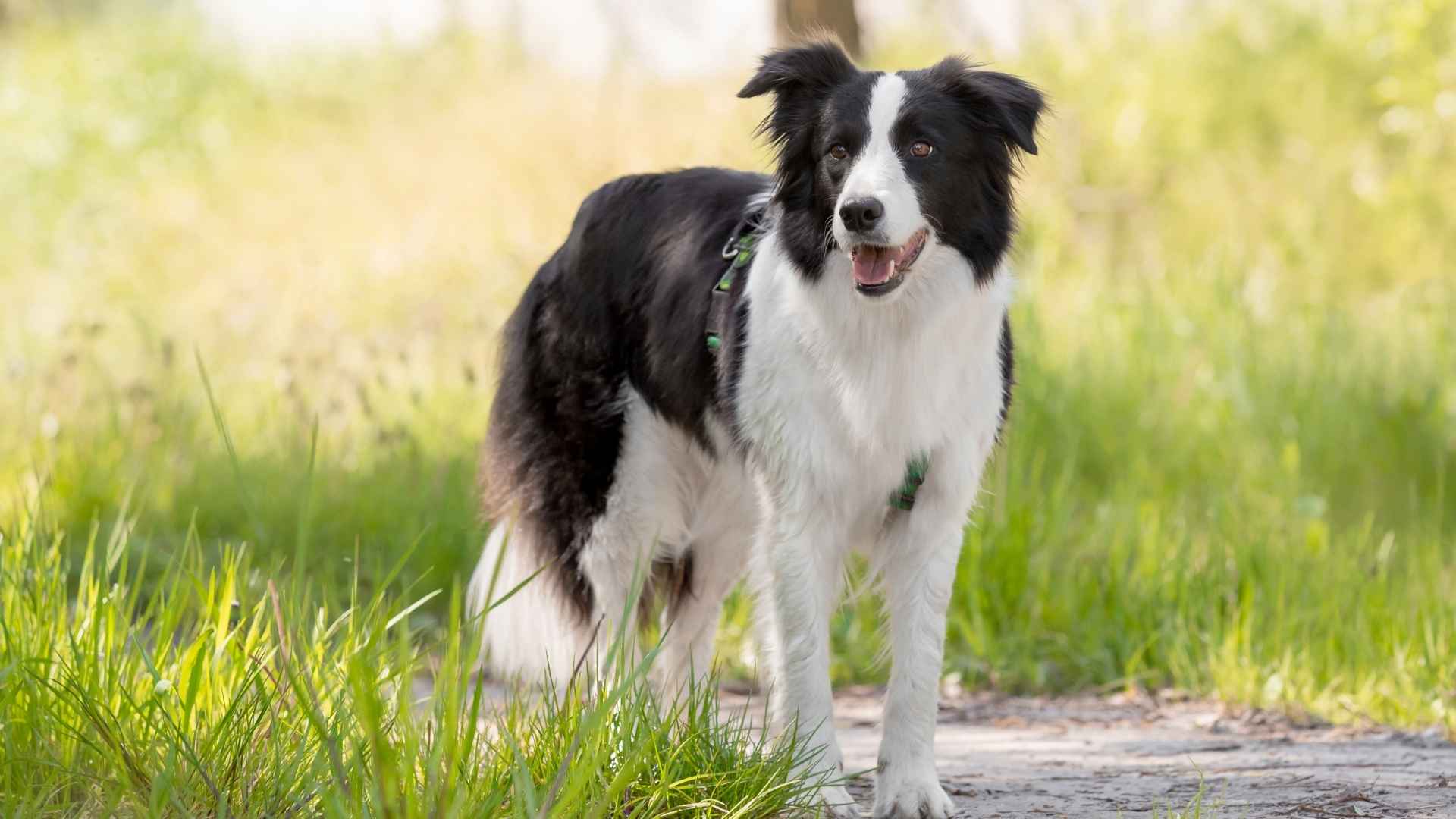Some dogs don’t just follow—they lead. Many dog breeds are so smart that they can make their own decisions. They do not need much direction.
A study noted that certain breeds are naturally adept at problem-solving and decision-making without constant guidance from their owners. This ability to excel independently is a hallmark of breeds that combine intelligence, eagerness to please, and a strong work ethic.
These dogs don’t require micromanagement to thrive; they read situations, make decisions, and act accordingly. Understanding which breeds possess these traits can help potential dog owners select a companion that aligns with their lifestyle and expectations.
In this blog, we’ll explore some of the most capable dog breeds that excel without constant instruction, highlighting their unique characteristics and the roles they’ve historically undertaken.
Most Capable Dog Breeds That Excel Without Constant Instruction
Here are the 9 smart dog breeds:
1. Papillon
The Papillon combines elegance and smarts in a small, shiny package. This breed isn’t just about looks — it’s one of the most intelligent dog breeds out there. Owners often say their Papillons seem to read minds, thanks to how closely these dogs tune into their humans.
They’re observant, quick thinkers, and their stamina makes them top contenders in agility competitions within the toy dog category.
Unique Traits: Named after the French word for butterfly, Papillons have distinctive, large ears with long, wispy fur that resembles delicate butterfly wings.
History and Popularity: With roots traced back to 16th-century Western European art, Papillons have long been cherished companion dogs. Their friendly and adaptable nature keeps them popular in families today.
Size and Adaptability: Standing just 8 to 11 inches tall and weighing between 5 to 10 pounds, Papillons fit well into apartment living but still thrive in varied climates.
Mental Stimulation: According to PetMD, their high intelligence means they need plenty of mental challenges to stay happy. They excel in indoor games, obedience training and require consistent engagement.
Exercise Needs: More active than many toy breeds, Papillons benefit from daily exercise and fenced outdoor spaces where they can burn off energy safely.
Grooming: Their long, feathered coat needs regular brushing to avoid tangles and maintain its elegance.
Training: Positive reinforcement and steady consistency in training unlock their full potential as loving companions and sometimes service or therapy dogs.
2. German Shepherd
German Shepherds are the ultimate example of dogs that excel without constant instruction. These intelligent workaholics thrive when given important jobs, needing minimal supervision once they understand their role.
Their analytical skills and exceptional memory allow them to solve complex tasks and remember solutions long after initial training. This ability to assess situations and act appropriately makes them invaluable in police, military, and service work.
Unique Traits: According to Hills Pet, they are known for upright ears and a striking double coat. German Shepherds are both powerful and agile, weighing between 50-90 pounds and standing 22 to 26 inches tall.
Natural Problem Solvers: Their high intelligence extends beyond physical challenges—they read human cues expertly and adjust their behavior in social settings without constant guidance.
Work Ethic: Originally bred for herding and guarding, these dogs have a strong drive to work independently, excelling in obedience competitions and dog sports.
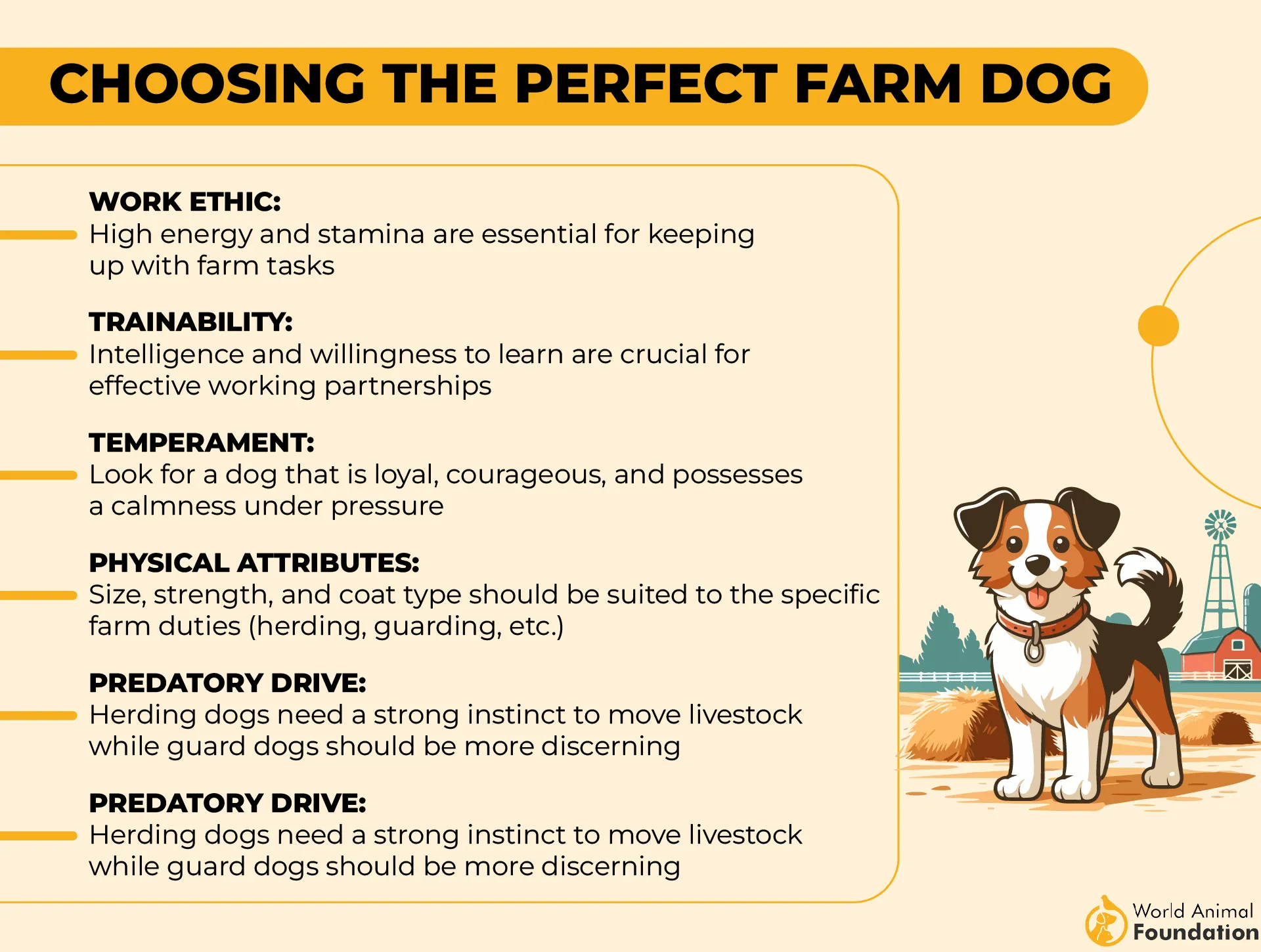
Exercise and Energy: German Shepherds need over 40 minutes of exercise daily to stay balanced, but they can maintain a calm demeanor when mentally and physically satisfied.
Grooming and Care: Their medium-length coat requires moderate grooming, suitable for owners ready to maintain their sleek appearance.
Temperament: With low tendencies to bark, drool, or dig, German Shepherds are manageable companions who balance alertness with a composed personality.
3. German Shorthaired Pointer
German Shorthaired Pointers (GSPs) are a prime example of a smart dog breed that thrives without constant instruction. Their eagerness to please and quick learning make training straightforward, but what sets them apart is their ability to stay focused and motivated even when left to their own devices.
These dogs excel in mentally and physically demanding environments, easily adapting to new tasks without needing step-by-step guidance.
Unique Traits: With a sturdy, athletic build, GSPs stand 21 to 25 inches tall and weigh between 45 and 70 pounds, perfectly suited for active lifestyles.
Versatility: Originally bred for pointing, tracking, and retrieving, they seamlessly transition between work and play, from field hunting to backyard fetch.
Energy and Exercise: These dogs need plenty of daily physical activity and mental challenges, making them great companions for jogging, swimming, or interactive play.
Family Bond: Their friendly, affectionate nature creates strong, loyal connections with their humans, rewarding owners with unconditional companionship.
Adaptability: Their webbed feet and athleticism make them natural swimmers and versatile outdoor partners, thriving in a variety of environments.
4. Rottweiler
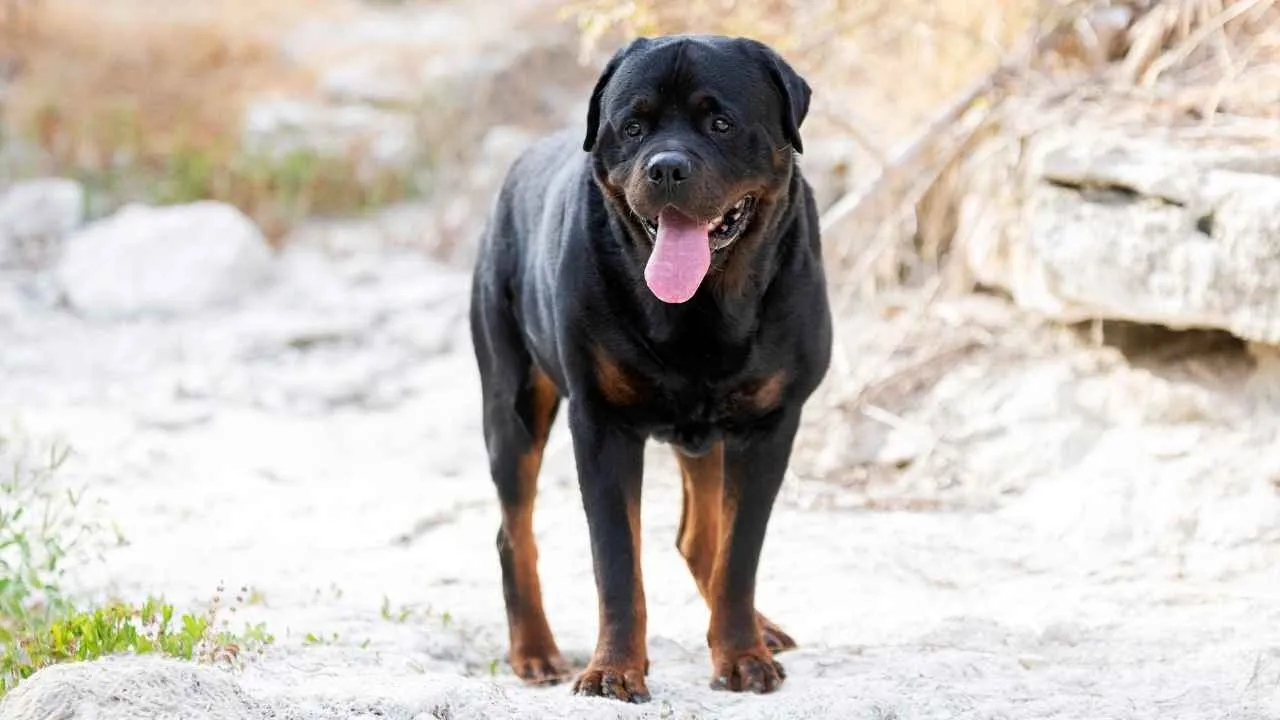
Rottweilers are among the most popular dog breeds, known not just for their size but for their impressive intelligence. These dogs combine raw physical power with sharp cognitive skills, making them stand out as both herding dogs and guard dogs.
Their ability to solve problems independently—whether manipulating heavy objects or figuring out mechanical tasks—is a testament to their high mental sharpness.
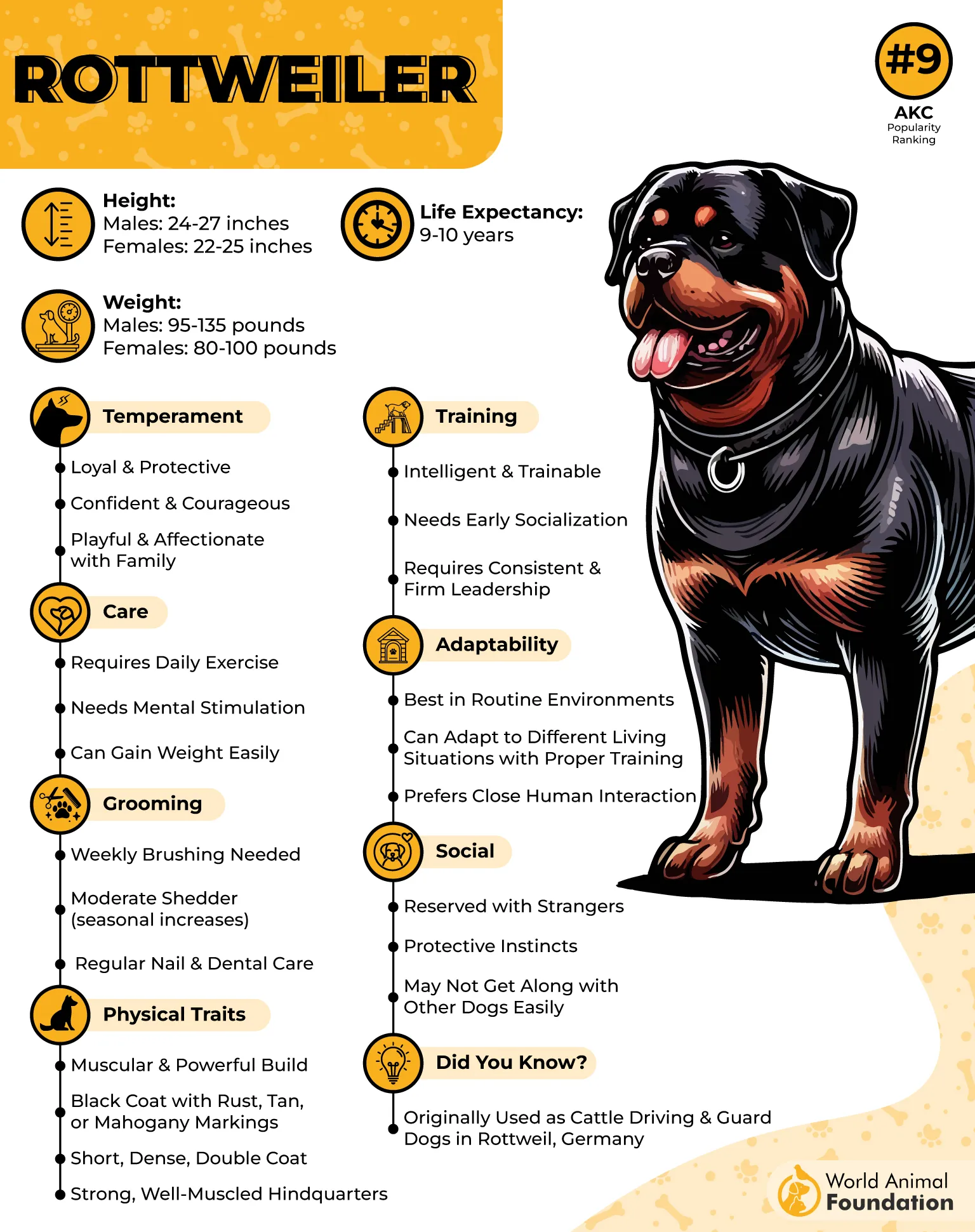
Unique Traits: With a solid, muscular build, Rottweilers are less agile than some intelligent dogs but make up for it with sheer strength and mental toughness.
Social Intelligence: Rottweilers excel at reading human behavior and responding appropriately, showing empathy and understanding beyond many breeds.
Versatility: Besides working closely with humans, they are known to interact well with other animals when properly socialized.
Temperament: Rottweilers are calm, steady, and loyal—traits that complement their problem-solving capabilities in both work and family settings.
5. Border Collie
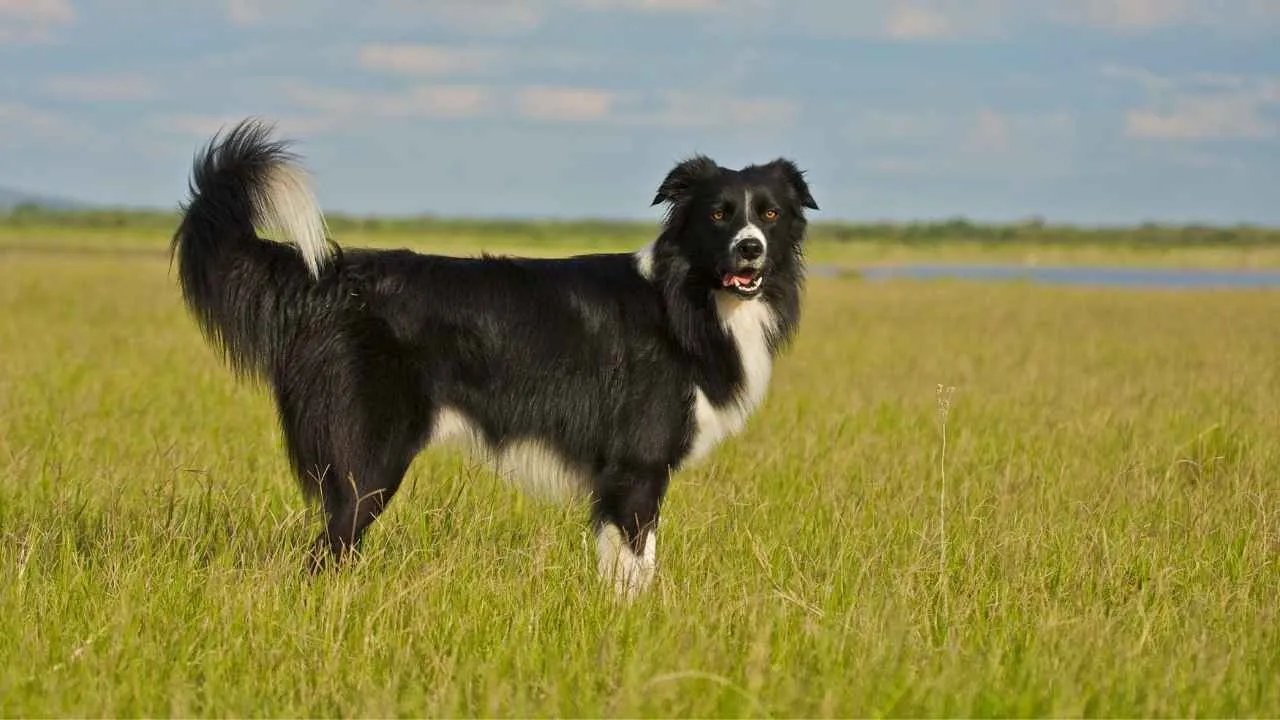
Border Collies are often hailed as the most intelligent breed, and for good reason. This breed excels at working independently, thriving when given a job without needing constant instruction.
Their sharp problem-solving skills and high trainability make them perfect for owners who can keep up with their boundless energy and mental needs.
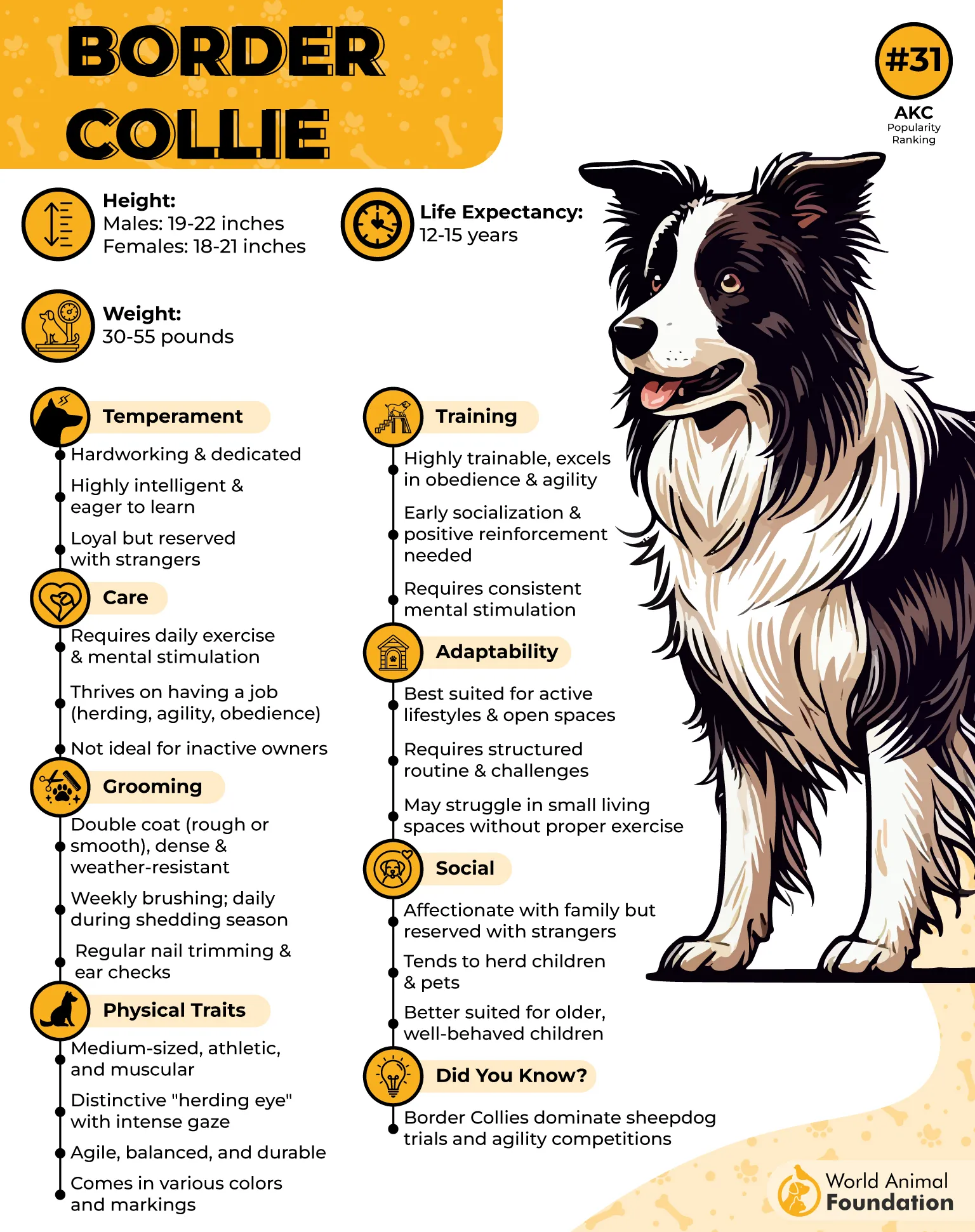
Unique Traits: Standing 18 to 22 inches tall, Border Collies are muscular yet nimble, sporting either rough or smooth coats in various colors and patterns.
Herding Eye: Their intense almond-shaped gaze, known as the “herding eye,” reflects their focused and intelligent nature.
Athleticism and Agility: Among the most agile and balanced dogs, Borders excel in agility training and obedience competitions, which challenge their quick minds and bodies.
Temperament: According to the AKC, they are friendly with familiar faces but often reserved with strangers; they strike a balance between sociability and caution.
6. Labrador Retriever

Labrador Retrievers are a prime example of dogs that excel without constant instruction thanks to their natural intelligence and eagerness to please.
They’re quick learners who follow commands smoothly, making training sessions efficient and enjoyable. Labs balance their sporting instincts with a calm demeanor that suits families and working roles alike.
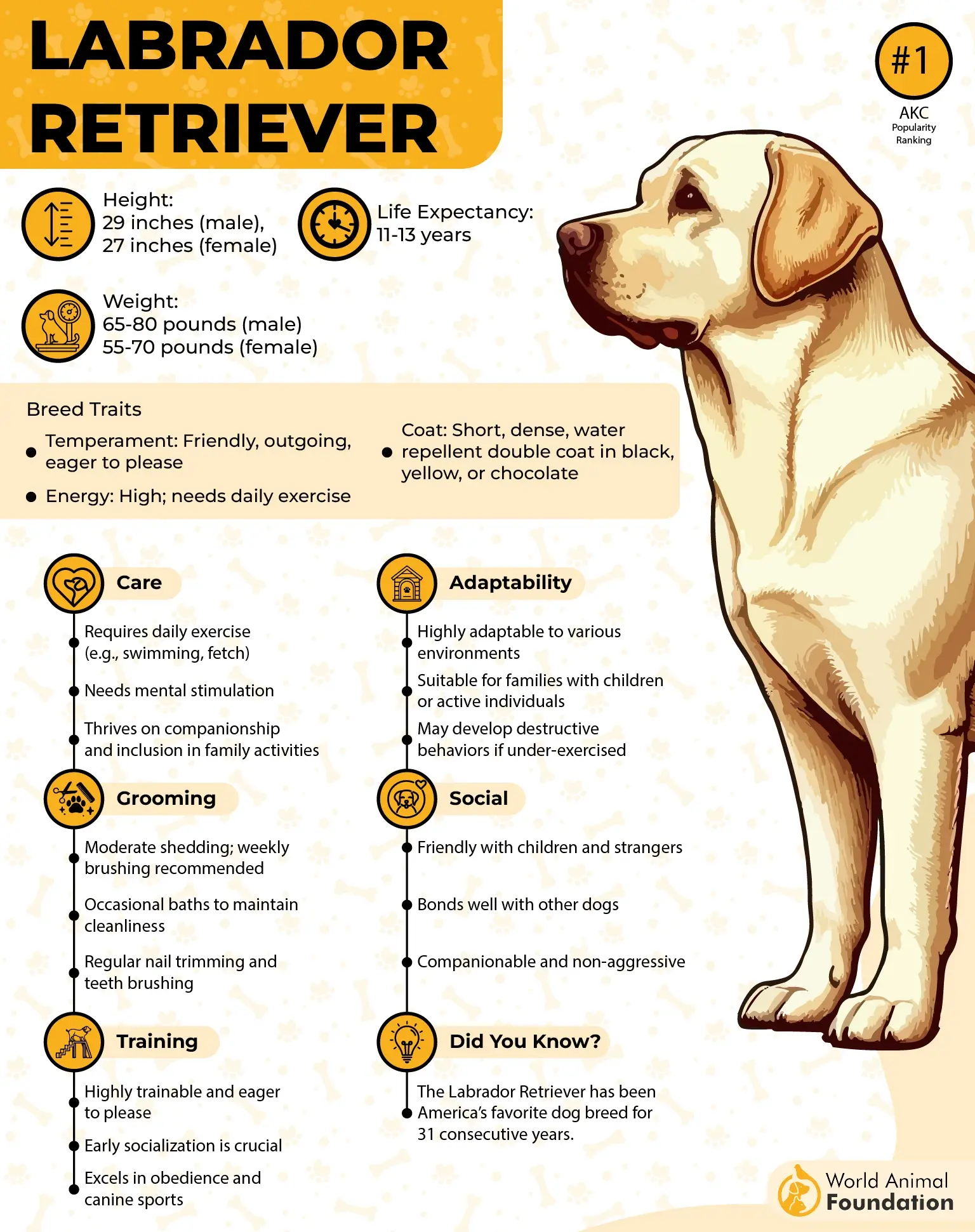
Unique Traits: Medium to large-sized with a short, sturdy coat, Labs originated from Newfoundland and the U.K., classified in the sporting group.
Trainability: Highly trainable and easy to train, Labradors pick up new commands quickly, adapting to a variety of roles with minimal supervision.
Versatility: Beyond hunting, they shine as service dogs, therapy dogs, and in roles like drug and explosives detection or water rescue.
Temperament: Known for their good nature and fine character, Labs make loyal companions who thrive on mental stimulation and positive interaction.
Work Ethic: Their intelligence supports complex tasks, but they stay grounded and approachable, excelling in obedience training and dog sports.
Mental Engagement: Labs are eager to please, making them motivated learners who benefit from consistent, but not overbearing, guidance.
7. Golden Retriever
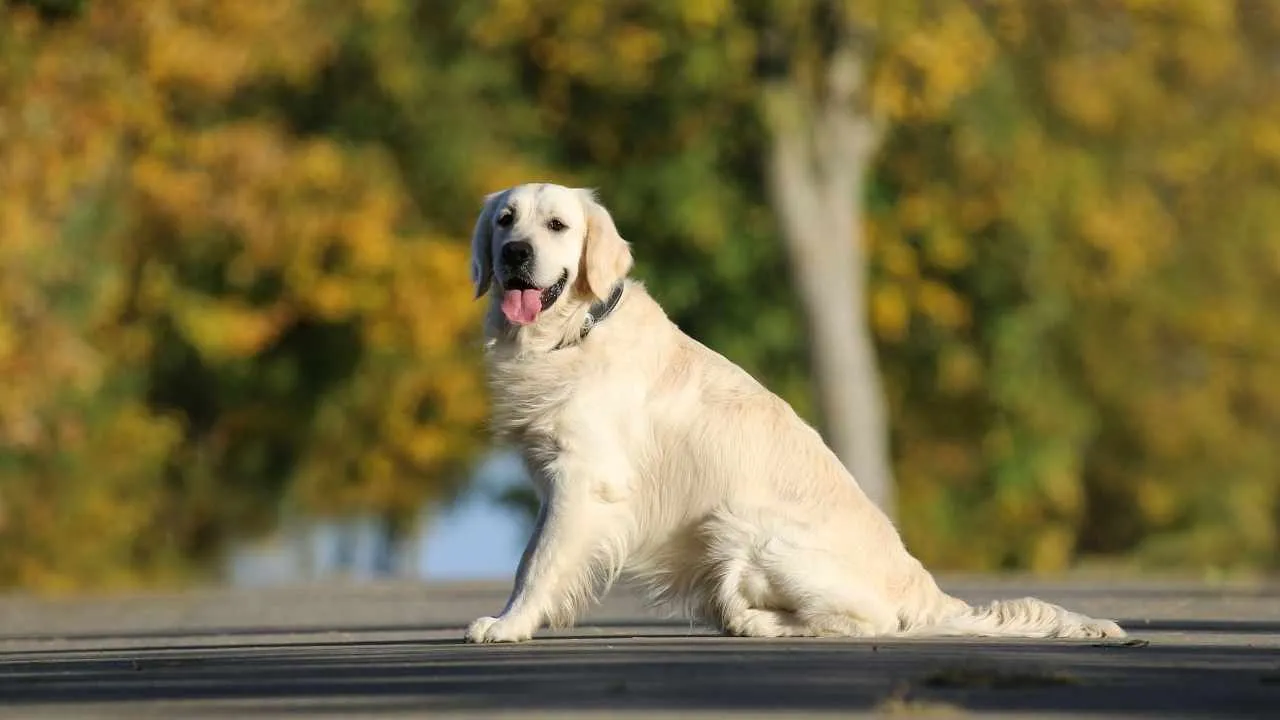
Golden Retrievers are proof that intelligence combined with social brilliance creates a dog that thrives independently while staying connected to their humans.
This breed excels at collaborative problem-solving—able to figure out complex tricks and multi-step tasks while still seeking human input when needed. They’re calm, stable, and adaptable, making them ideal for families and service roles alike.

Unique Traits: Bred in Scotland in the mid-1800s, Goldens have a water-repellent double coat and a soft mouth designed for gentle retrieving.
Trainability: With proper training, they master complex tricks and tasks, responding well to mental challenges without becoming mentally challenged themselves.
Social Skills: Their intuitive nature helps them get along with other dogs, humans, and even cats, blending independence with social harmony.
Temperament: Gentle and kind, they’re excellent with children and other animals, making them standout family dogs.
Water Lovers: Naturally drawn to water, Golden Retrievers enjoy swimming and fetching in lakes or pools.
Therapy and Service: Their calm demeanor and intelligence make them top choices for therapy and service dog roles.
8. Australian Cattle Dog
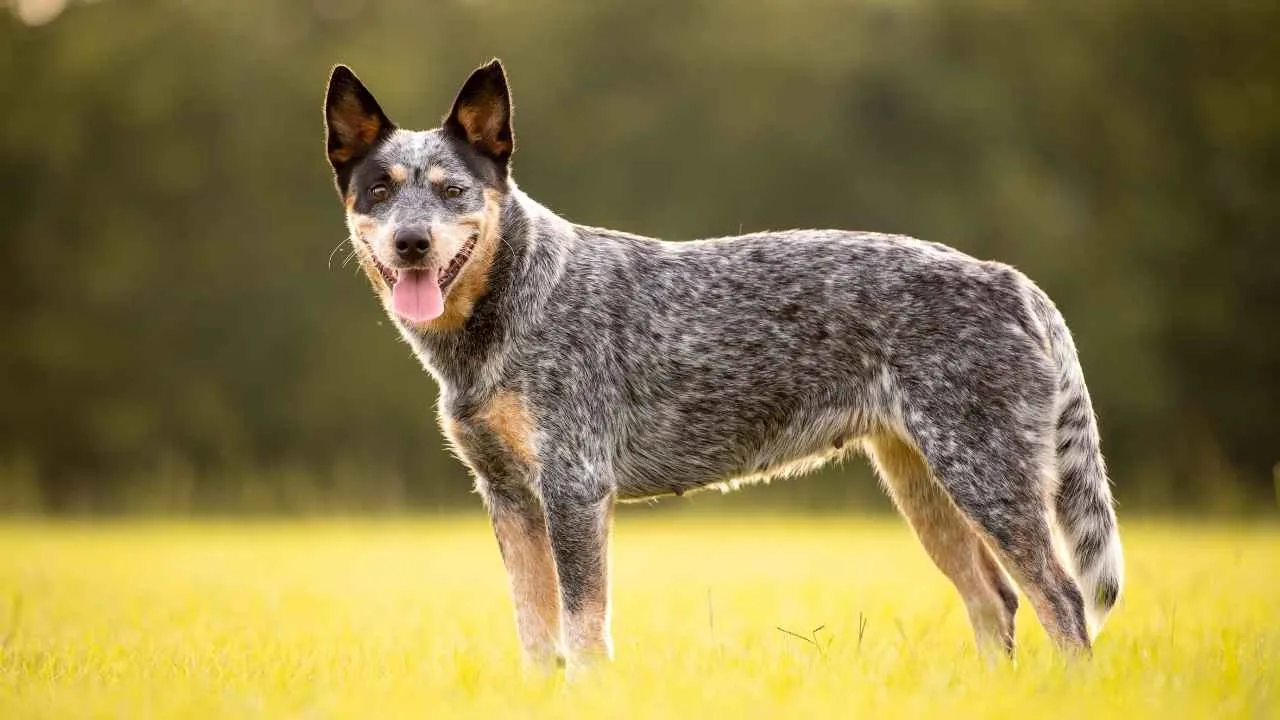
The Australian Cattle Dog is a highly intelligent breed known for its alertness and sharp problem-solving skills. With roots tracing back to the dingo, these dogs possess a cunning intellect and an independent streak that lets them make fast decisions without waiting for constant direction.
Their ability to manipulate objects and understand spatial relationships shines in herding and complex tasks.
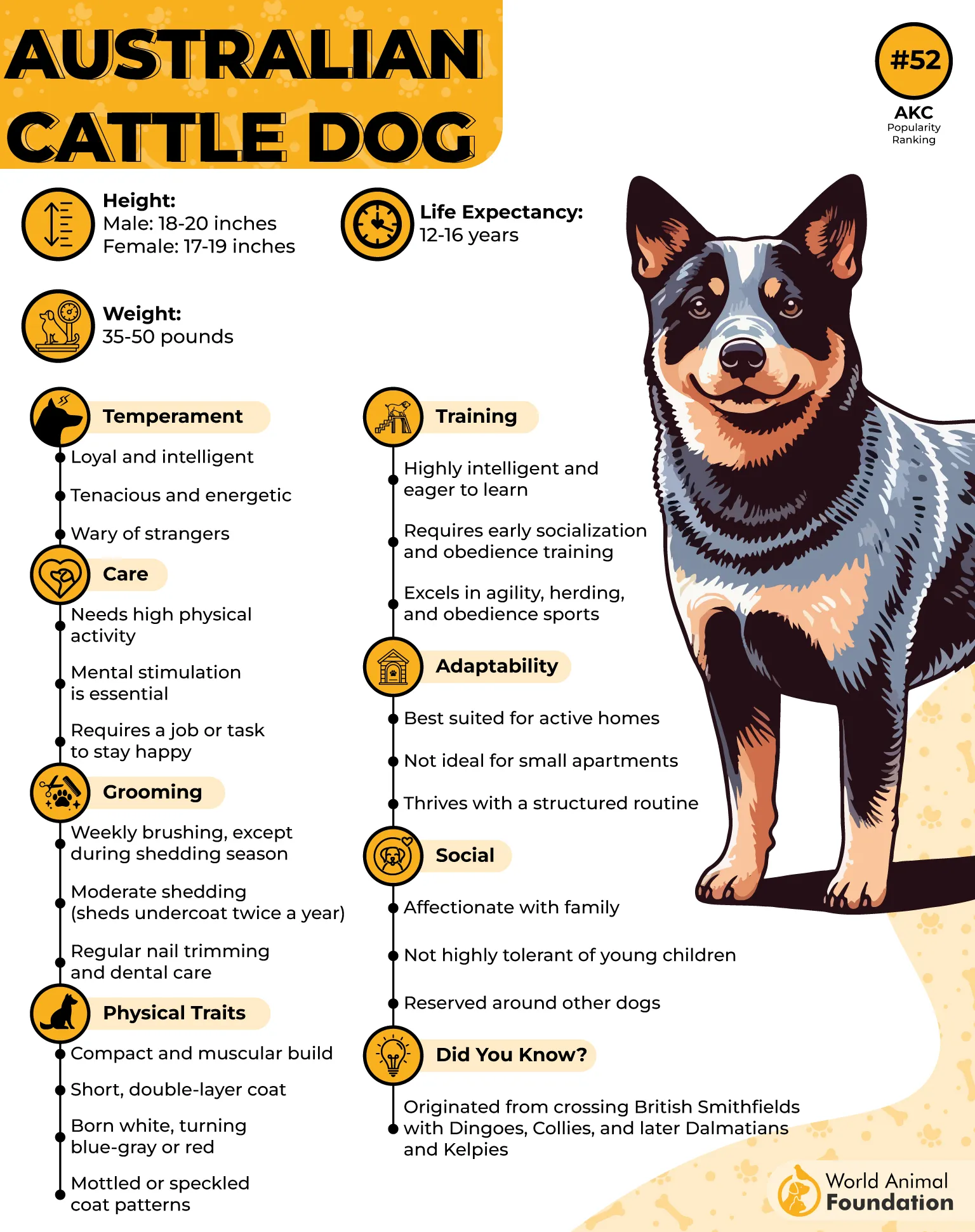
Unique Traits: Born white, their coat matures into a distinctive blue or red mottled pattern, protected by a dense, weather-resistant double coat.
Dingo Heritage: Descended from Australia’s wild dogs, Australian Cattle Dogs have inherited keen intelligence and strong territorial instincts.
Nipping Heels: Nicknamed “heelers” for their herding style that involves nipping at cattle’s heels to keep them moving.
Mental and Physical Energy: These dogs require significant mental stimulation and physical exercise to channel their high energy productively.
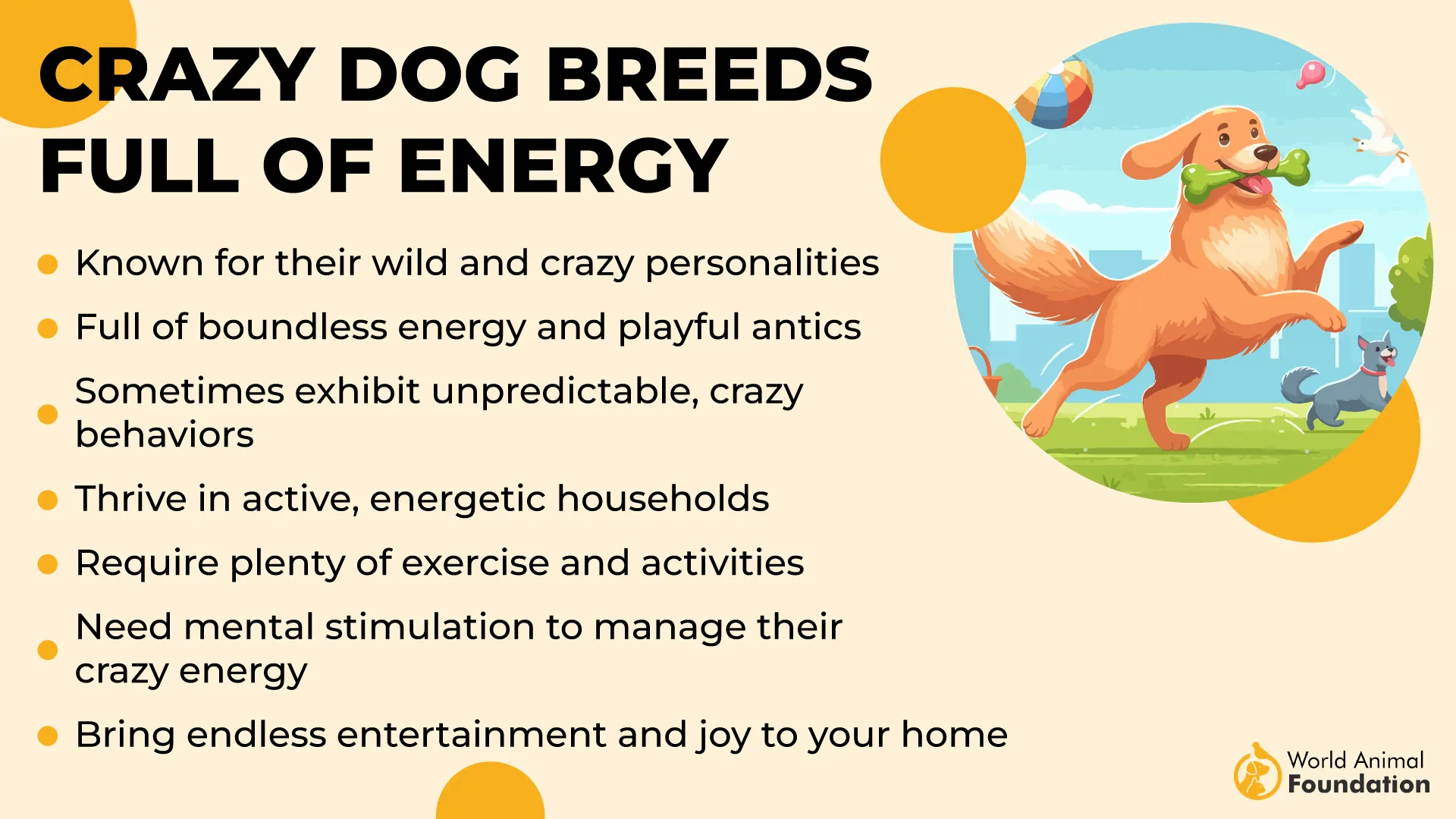
Loyalty: Known as “shadow dogs” because they closely follow and bond with their owners, they’re fiercely loyal and protective.
Problem-Solving: Their exceptional persistence and ability to quickly analyze complex problems make them stand out among herding breeds.
9. Shetland Sheepdog
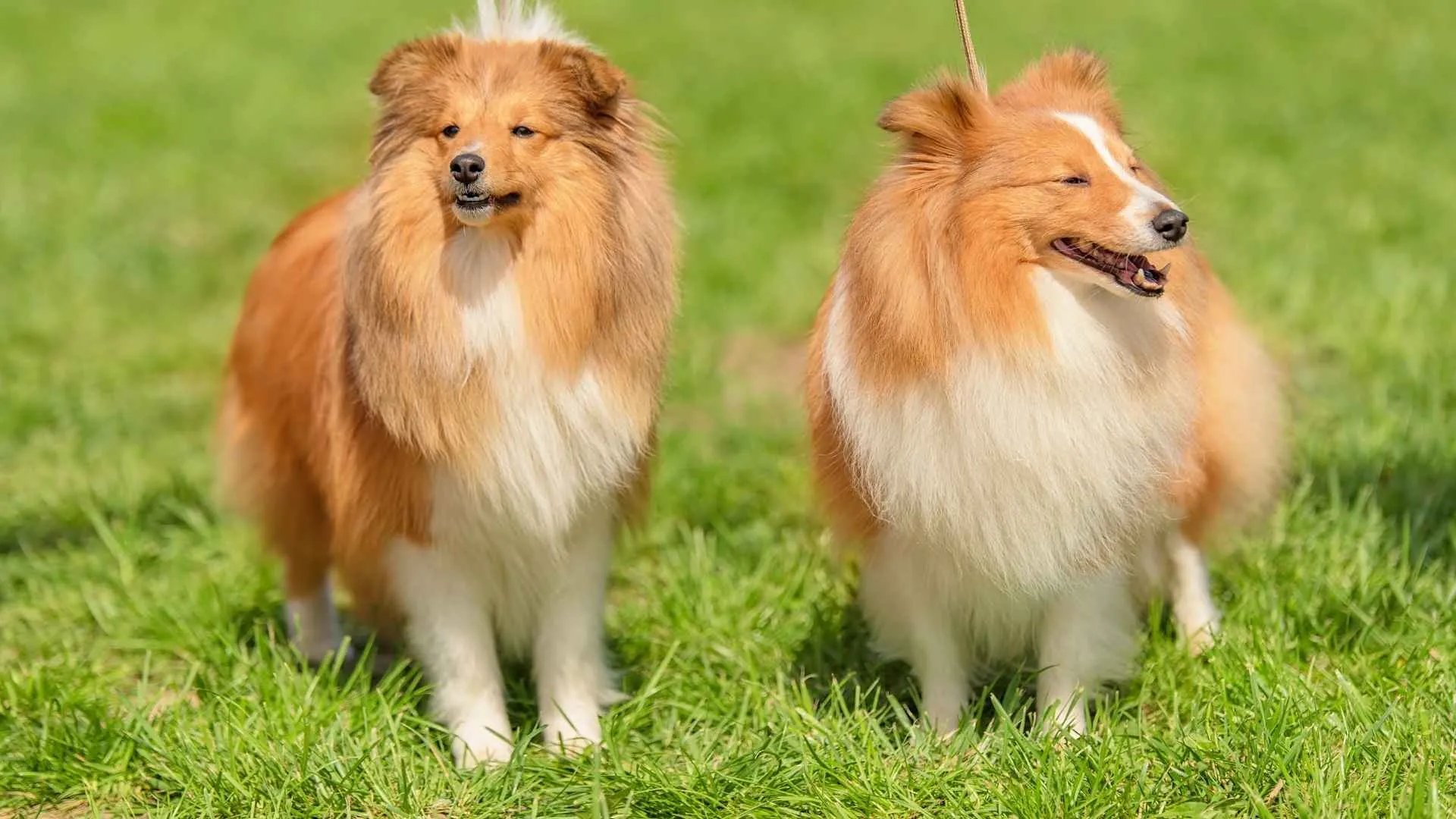
Shetland Sheepdogs, or Shelties, are highly intelligent and quick learners who excel without constant supervision. Originally bred for herding in Scotland’s rugged islands, they developed an independent mind and strong problem-solving skills that let them work through tasks on their own.
Their eagerness to please, combined with natural alertness, makes them ideal dogs for active families who can provide plenty of mental stimulation.
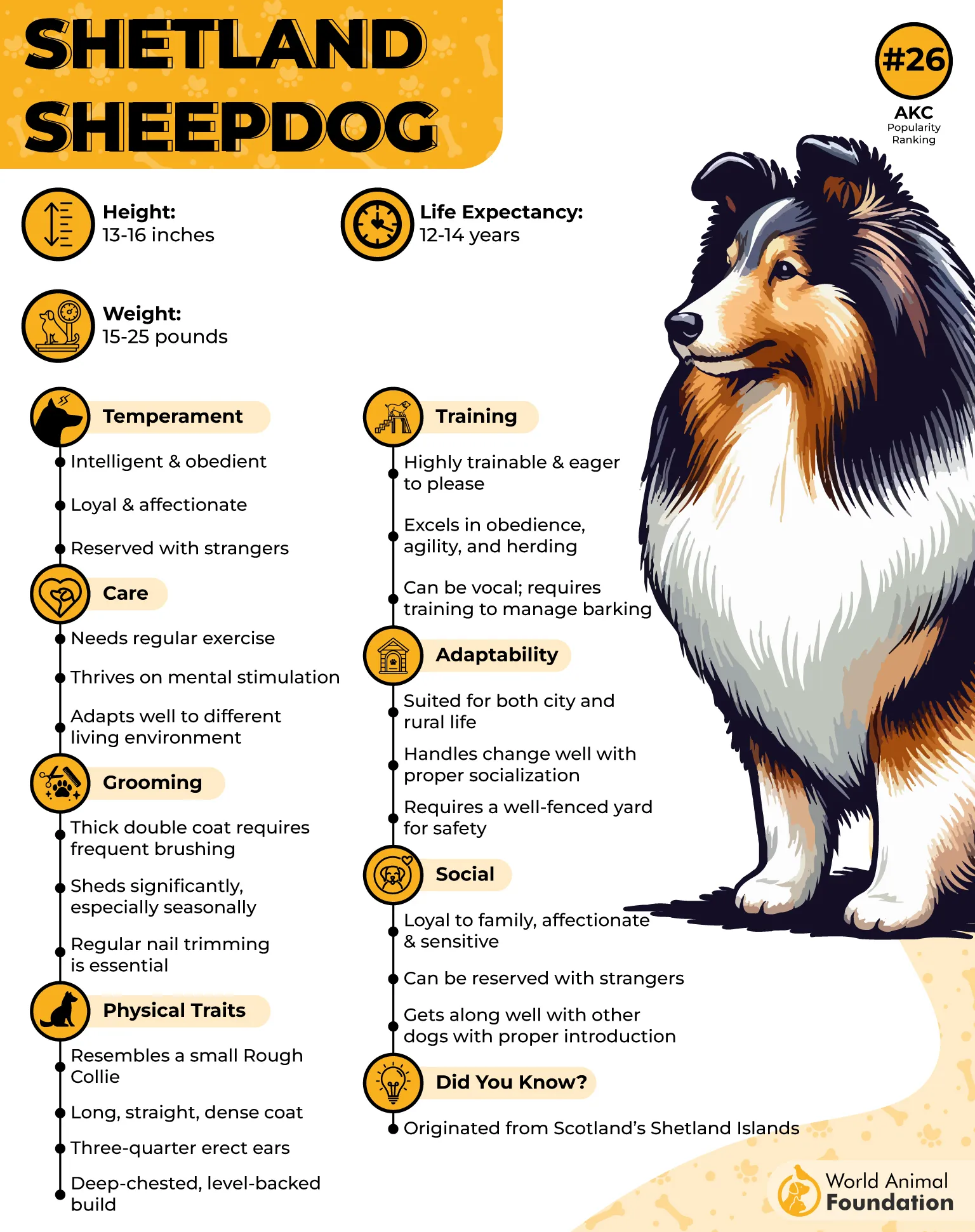
Unique Traits: Small to medium size, with a long, dense double coat available in sable, black, blue merle, and bi-color patterns.
Herding Instincts: Developed to herd sheep in tough environments, Shelties have a natural knack for quick decision-making and spatial awareness.
Energy and Exercise: High energy levels require 1 to 1.5 hours of daily physical activity and mental challenges like puzzle toys and structured play.
Grooming: Their beautiful coat needs regular brushing 2–3 times a week, with more frequent care during shedding seasons.
Behavioral Needs: Without mental stimulation, Shelties can become bored and bark excessively, so consistent training and enrichment are essential.
Conclusion
The most capable dogs are those who don’t need constant instruction to succeed. They combine intelligence, independence, and a strong desire to engage with their environment, making them quick learners and effective problem solvers.
These qualities allow them to adapt, stay mentally sharp, and excel at complex tasks with minimal guidance. Choosing a dog like this means bringing home a companion who can think for themselves, stay motivated, and thrive with just the right balance of freedom and support.


